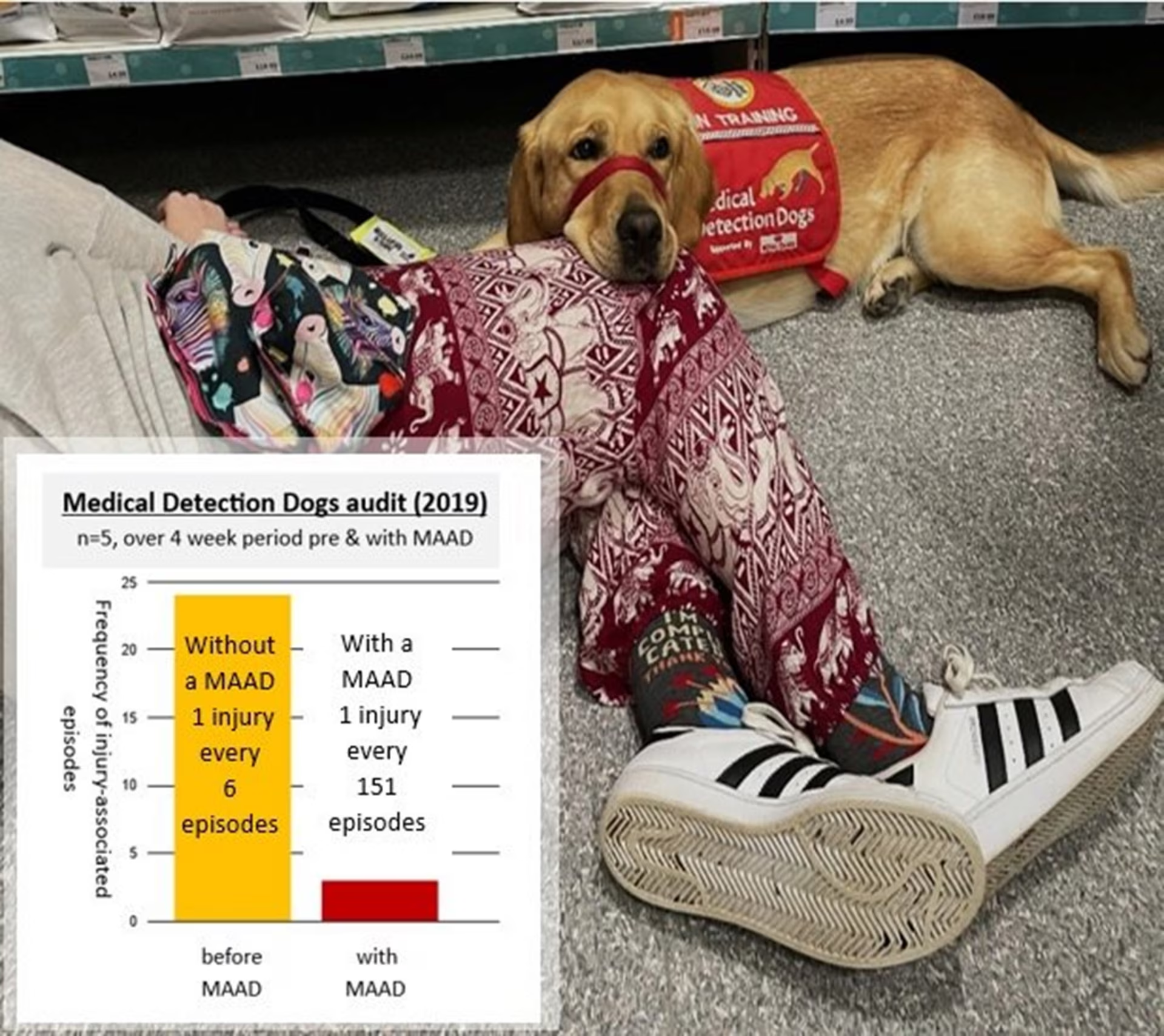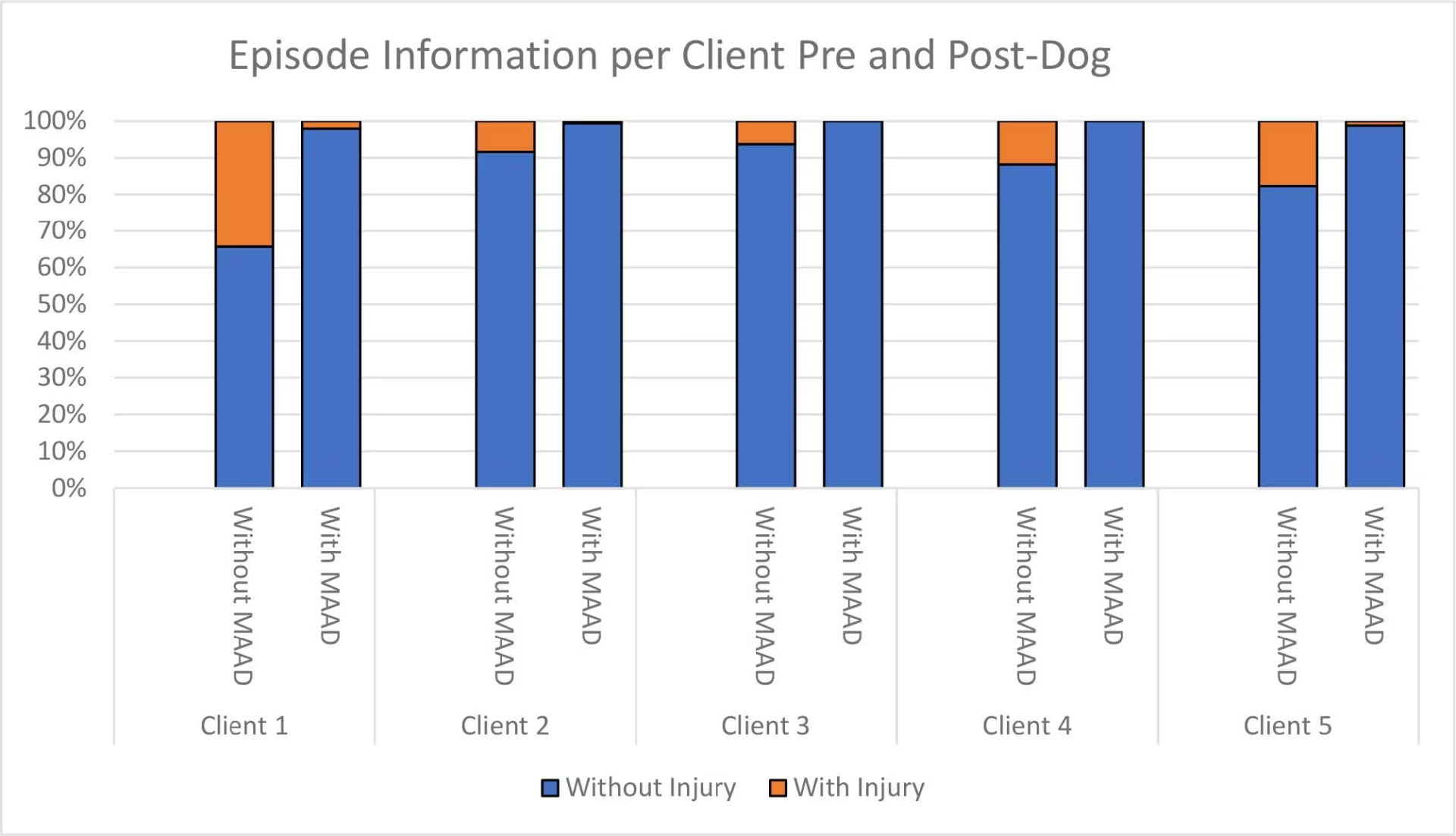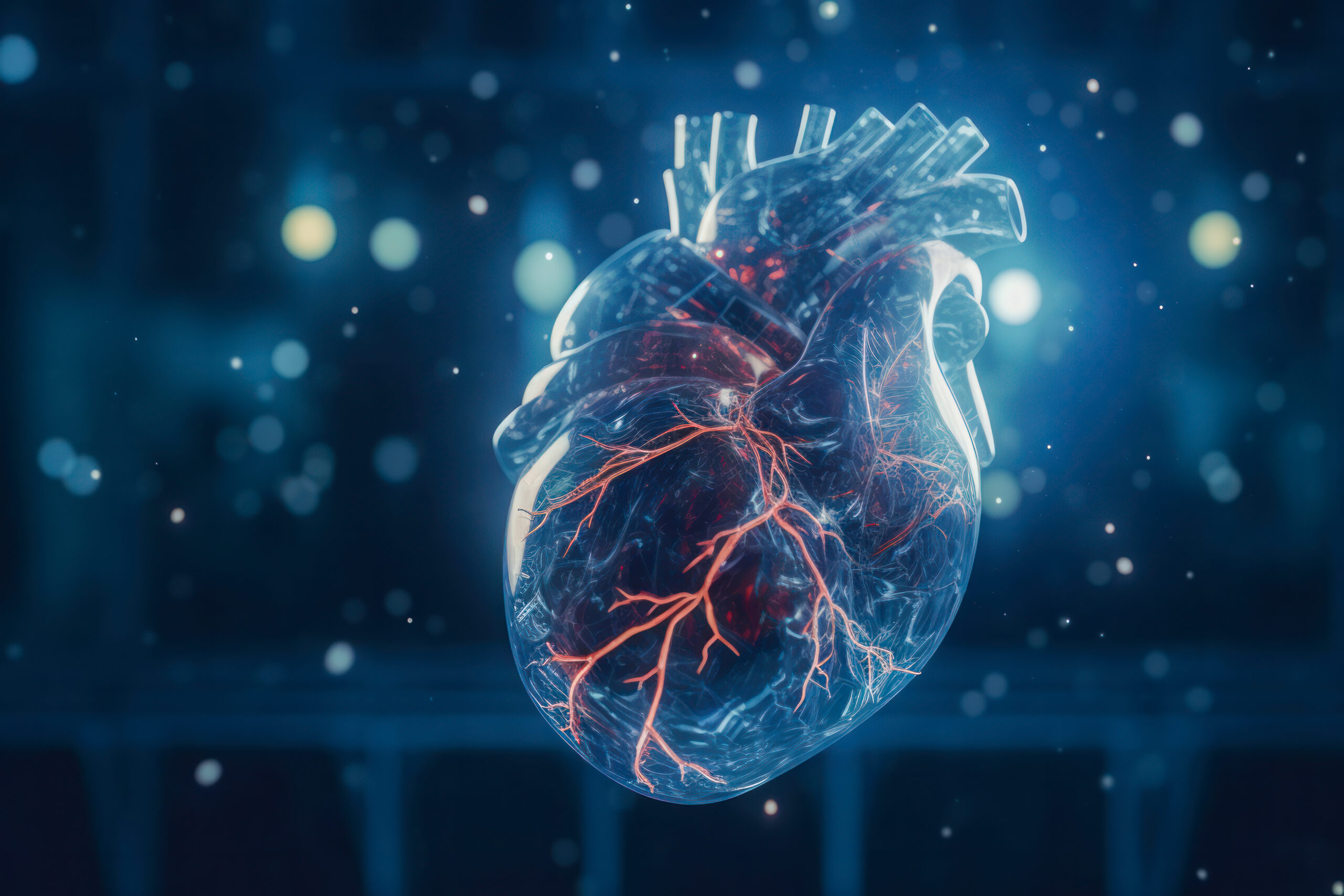Postural tachycardia syndrome (PoTS) is a chronic condition, predominately affecting women between the ages of 15 and 50, and prevalence is estimated to be 0.2%.1,212 It is characterised by an abnormal response by the autonomic nervous system to changes in posture causing lightheadedness or fainting due to the excessively reduced volume of blood returning to the heart when the individual stands or rises. This lightheadedness is accompanied by a sudden increase in heartbeat of more than 30 bpm or a heart rate exceeding 120 bpm and relieved by returning to a supine or prone position. The cause of PoTS is unknown, but it often begins following pregnancy, trauma, major surgery, pregnancy or a viral illness, and an increase in episodes have been found prior to menstruation. Treatments are usually concerned in relieving low blood volume or circulatory problems, or lifestyle interventions such as increased sodium intake and tracking water intake. Some drugs have been found to be effective however these are often prescribed ‘off licence’ and trialled after non-pharmacological strategies have been implemented.3 Expand ReferenceThere is evidence that PoTS is associated with other conditions such as Ehlers-Danlos Syndrome, Hypermobility Spectrum Disorder (HSD), Mast Cell Activation Syndrome, as well as significant urinary and gastrointestinal issues.4Expand Reference
Medical Detection Dogs is a charitable organisation based in Milton Keynes, UK, training dogs to be able to detect the odour of human disease, such as cancer, Parkinson’s disease and bacterial infections.5Expand Reference We spoke to Claire Pesterfield, Claire Guest and Simone Brainch of Medical Detection Dogs to discuss their work and their recent analysis on the impact of Medical Alert Assistance Dogs (MAADs) on five clients.
Q. What is Medical Detection Dogs, and what is the main focus of the charity?
Medical Detection Dogs is a national charity with primary objectives to detect the odour of human disease with the aim of developing faster, more efficient and less invasive diagnostic methods that can lead to better health and patient outcomes. MAADs are trained to detect minute changes in an individual’s personal odour triggered by their medical condition and alert them to an impending episode so they can take preventative action to reduce severity. Typically, MAADs are partnered with people who have conditions such as PoTS, hypoglycaemia unawareness in type 1 diabetes mellitus, difficult to manage adrenal insufficiency and severe allergies.
Q. How can Medical Alert Assistance Dogs be used to reduce syncope-related injury frequency, in particular in patients with PoTS?
Our MAADs are trained to alert their partner to an impending health episode, so they can take preventative measures, or in the case of syncope or PoTS, sit or lie down before they have an episode, thus reducing the number and severity of any injuries that may occur. The dogs can also be trained to fetch a bottle of water to assist with a more rapid recovery after the syncope and reduce any anxiety when regaining consciousness in an unfamiliar environment following the episode.
Q. What was the purpose of the study, and the design, eligibility criteria and methodology?
We wanted to examine the impact of our MAADs and their ability to support a person with PoTS to provide further insight into the anecdotal and subjective measurements we had collected. When applying for an assistance dog, the client is asked to keep a diary of episodes over a four-week period which enables us to assess the impact that their condition has upon their daily life. Once partnered with a MAAD, we routinely ask for data over a four-week period on an annual basis to ensure that the partnership is still effective and meeting the required Assistance Dog International standards for performance and welfare.6Expand Reference We therefore conducted a longitudinal within subject comparison of pre- and post-dog data, utilising the partnership’s latest record of episodes. We examined the number of syncope episodes as a whole and the number of injury-related episodes.7Expand Reference
Q. What were the results and the key findings?
For this review, we compared data from five clients pre- and post-partnership with their assistance dog (unpublished data from internal client data). All clients were female with a mean age of 31.6 years and had been partnered with their MAAD for 2.2 years (mean; range 1 to 4 years). The total number of syncope episodes among all five clients over a four-week period before receiving a MAAD was 149 episodes, resulting in 24 reported injuries. This equated to approximately one injury every 6 syncope episodes. Following the placement of a MAAD, the total number of reported episodes across a four-week period in the five clients was 452, resulting in only 3 episodes with injury, equating to one injury in every 151 syncope episodes (Figure 1). This is an 87% reduction in the frequency of injury-related episodes when compared with the expected occurrence of injury projected for this number of syncope events (Figure 2). Using this data a health economics analysis performed by MTech Access (Bicester, UK; funded by The People’s Postcode Lottery) indicated that with the reduction in injuries, ambulance call outs and other associated health care use, placement of a MAAD can save the NHS £33,213 over the working lifetime of the dog (approximately 9 years). If quality-of-life measures are included, an estimated increase of 0.92 quality-of-life-years per person will result in a net monetary benefit of £51,984 on average for the working life of a MAAD when placed with somebody who has PoTS that does not respond to the usual management strategies.
Figure 1: Injury-related episodes

Source: provided by Medical Detection Dogs from their internal data
MAAD = Medical Assistance Alert Dog
Figure 2: Episode information per client, pre- and post-dog

MAAD = Medical Assistance Alert Dog
Q. What conclusions can be made, and how might the use of Medical Alert Assistance Dogs impact the future of PoTS management, and patients’ quality of life?
It is interesting but not surprising that the number of syncope episodes increased following the placement of a MAAD, this could be related to a number of factors. Anecdotally, our clients tell us that having a MAAD and knowing they will receive an alert prior to an episode makes them feel safer and are therefore more confident in going out and engaging in normal everyday tasks, as well as clients wanting to ‘push’ themselves to perform activities that they had previously felt were unachievable. What is clear is that the use of MAADs can reduce the frequency of injuries related to syncope events and therefore improve a person’s quality of life. This could be an important adjunct in cases where the usual strategies alone in PoTS and syncope management have not had the desired effect. We need to continue to investigate this effect with increased sample sizes and more detailed data collection, however this is the first study that has examined the benefit of assistance dogs in supporting people with PoTS and indicates that they have a significant impact on independence and improved safety from injury.








